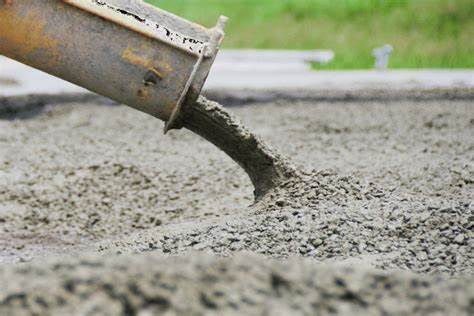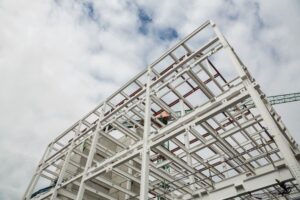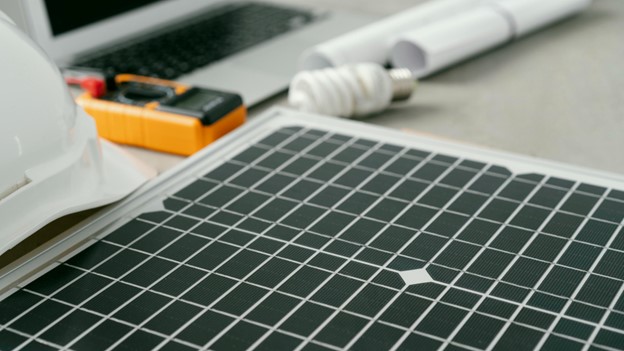
Top Trends in Cement and Concrete Technology
Cement and concrete are two of the most commonly used and important materials in the construction industry. They serve as the backbone for infrastructure development worldwide. Over the years, advancements in cement and concrete technology have revolutionized the Architecture, engineering, and Construction (AEC) sectors, enhancing the strength, durability, and sustainability of structures.
In this article, we will explore the top trends shaping cement and concrete technology and their impact on the AEC industry.
Innovations in Cement and Concrete Technology
Let us learn about some of the latest and most innovative trends in cement and concrete technology, which have been reshaping the construction world.
Green Cement and Concrete
With the increasing focus on sustainability and reducing carbon emissions, green cement and concrete have emerged as a significant trend and play a vital role in preserving the environment. Production of cement using traditional methods is a major contributor to greenhouse gas emissions due to the energy-intensive process and the use of fossil fuels. Green cement, on the other hand, aims to minimize these emissions by incorporating alternative materials such as fly ash, blast furnace slag, and silica fume, which have lower carbon footprints.
Additionally, researchers are exploring the use of carbon capture and utilization techniques to collect and store carbon dioxide emissions from traditional cement production. This approach not only helps in minimizing the environmental impact but also utilizes carbon dioxide in the production of innovative new-age materials, such as carbonated concrete.
Self-Healing Concrete
Concrete is prone to cracks due to factors like shrinkage, temperature changes, and external forces. Self-healing concrete is an innovative solution in construction that can autonomously repair these cracks, enhancing the durability and longevity of buildings and structures. One approach involves incorporating capsules or microfibers that contain healing agents, such as bacteria or polymers, into the concrete mix. When cracks form, these capsules rupture, releasing the healing agents, which then react with water or other compounds in the concrete mix to form a seal.
Self-healing concrete has the potential to reduce the overall maintenance costs of construction projects and extend the lifespan of structures, leading to substantial long-term savings for the construction industry.
3D-Printed Concrete
The emergence of 3D printing technology has opened up several new possibilities in the construction industry. 3D-printed concrete permits the creation of complex and customized architectural designs for structures with greater precision and efficiency. It involves the layer-by-layer deposition of concrete, guided by digital models and technology, to construct entire buildings or intricate components in a comparatively shorter time period.
The benefits of 3D-printed concrete include reduced construction time, optimized utilization of resources, and improved structural performance. This technology has the potential to revolutionize the construction process, making it faster, more cost-effective, and more eco- friendly.
High-Performance Concrete
High-performance concrete, abbreviated as HPC, is a special type of concrete designed to possess exceptional strength, durability, and resistance to various environmental factors. It assimilates advanced materials, such as silica fume, metakaolin, and high-range water reducers, to enhance its properties.
High-Performance Concrete finds applications in critical infrastructure projects, such as bridges, dams, and high-rise building structures, where high strength and durability are of utmost importance. By using HPC, construction engineers can design thinner and lighter structures while maintaining the required strength, performance, and safety standards.
Nano Engineered Cementitious Composites
Nano engineered cementitious composites, also known as NECs, are a promising area of research in cement and concrete technology. It is one of the most innovative inventions in the fields of architecture, engineering, and construction. Nano engineered cementitious composites are created by incorporating Nano-scale additives, such as nanoparticles, carbon nanotubes, or nanofibers, into the cement matrix. These additives augment the material’s mechanical properties, increase its ductility, and improve its resistance to cracking and deformation.
NECs have the potential to revolutionize the construction sector by enabling the development of ultra-high-performance concrete with remarkable strength and durability. They can also contribute to the development of smart, sustainable, and long-lasting structures.
Smart Concrete and Sensor Technology
Smart concrete integrates embedded sensors and monitoring systems to offer real-time data on the structural health and performance of concrete elements. These sensors with advanced monitoring technology can detect changes in temperature, strain, stress, and humidity, allowing for early identification of potential issues.
The integration of sensor technology in concrete structures enables predictive maintenance, optimizes repair costs, and improves safety. By monitoring the structural behavior in real- time, civil engineers can make informed decisions regarding building maintenance, repair, and overall asset management.
Wrapping Up
The cement and concrete industries are continuously evolving, driven by the need for sustainable and innovative solutions for construction. The top trends in cement and concrete technology discussed in this article demonstrate the industry’s commitment to improving strength, durability, and environmental performance. From green cement and self-healing concrete to 3D-printed concrete structures and smart concrete, these trends in the AEC industry are shaping the future of construction, offering enhanced efficiency, sustainability, and longevity.
As technology continues to advance, it is vital for industry professionals, researchers, and policymakers to collaborate and invest in these innovative inventions to ensure a resilient and sustainable built environment for future generations. By embracing these trends, the construction engineering sector can lead the way in creating structures that are not only functional but also eco-friendly and economically viable.





